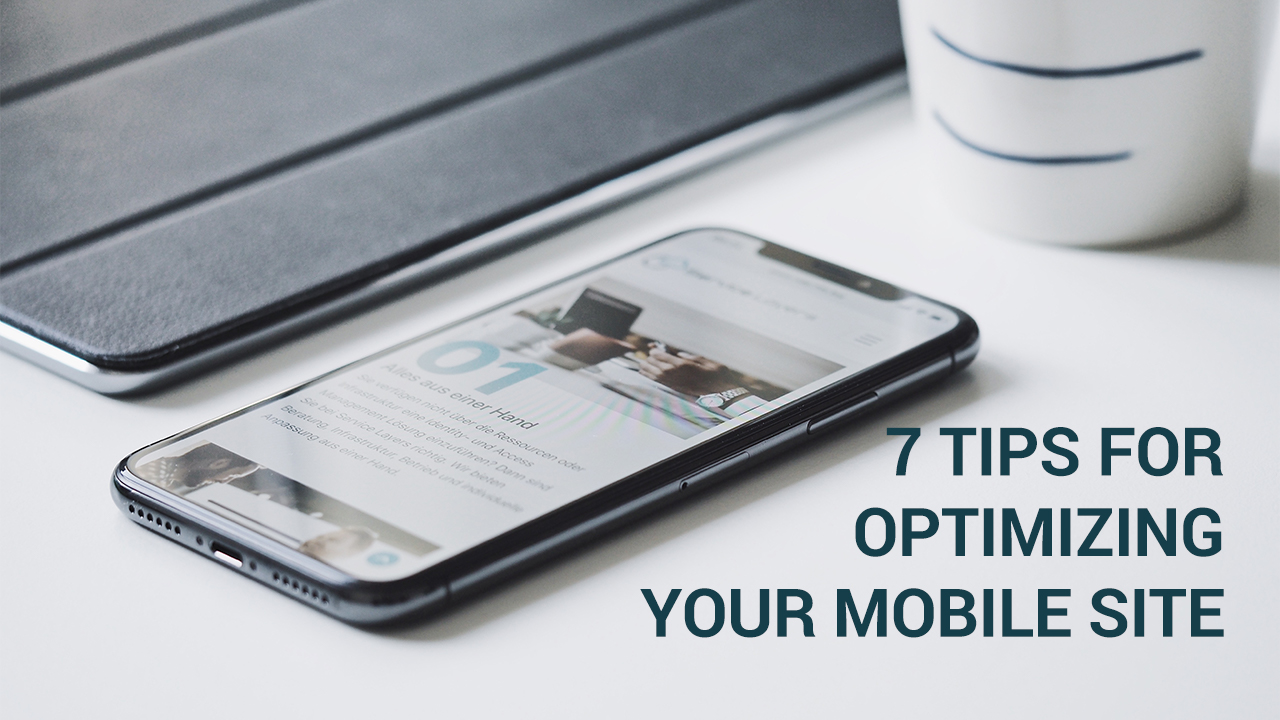Google’s mobile-first indexing has been a long time coming, but is now underway.
Websites which offer users a stronger mobile-browsing experience will be more likely to secure higher spots in SERPs. Every business’s website has to be optimized for high-performance on smartphones and tablets, but how?
Here are 7 ways to get started.
Boost Load Page Speeds
We all know the frustration of staring at our phone, waiting for a page to load. Research shows 53 percent of searchers will leave a mobile site with load times above three seconds.
Mobile devices tend to have slower load times than desktops, so make sure you focus on getting yours as low as possible. Reduce the size of all images, cut unnecessary content, and consider using AMP instead.
Text Must be Readable as Standard
All text on your mobile site has to be easy to read straight away. Users shouldn’t have to zoom in to make sense of your content, nor should they have to turn their device to landscape mode to fit it all on the screen.
Convenience is key. Any hassle will only frustrate users when all they want is to read what you have to say.
Check Your Images’ Mobile Compatibility
Are your images failing to load on the mobile site? Do you expect prospects to wait 30 seconds to actually see a picture?
Using outdated or incompatible files will make a huge impact on your users’ ability to enjoy your website. The simplest way to check this is to access your site from a smartphone, and take note of those elements that don’t work as they should. Address them as soon as possible to benefit from Google’s mobile-first indexing.
Make Sure Your Site is User-Friendly
Interacting with desktop sites and mobile sites is very different. In the former, you have a mouse for precise clicking, which means buttons and links can be smaller.
In the latter, though, you have to make interactive elements big enough for fingers to touch. Sites with buttons and links that are too small can end up directing users to the wrong pages, making accidental purchases, and more.
Test your mobile site’s interactivity regularly.
Streamline Your Ads
Trying to scroll along a mobile website that bombards you with pop-up ads or automatic videos can be unbearable. Yes, you need pop-ups to generate leads and revenue, but try to keep them to a minimum.
Too many will only slow your load times and chase users away.
Focus on User Experience
User experience is critical. Your prospects should be able to navigate your site, jump from one page to another, make purchases, access information, and communicate with your business with ease.
Browse your mobile site with your users in mind. Can you see the different pages available? Is it simple to interact with?
If not, make some changes!
Swap Flash for HTML5
Avoid using Flash video on your mobile site, as it might not work on most mobile devices. HTML5 is the must-have today, to ensure smooth performance and widespread compatibility.
If you have Flash videos on your site, you could be risking your ranking in Google’s mobile-first indexing.
Want help getting your mobile site the best it can be? Nett Solutions is an Orange County digital marketing agency with years of experience helping businesses just like yours achieve their goals!
